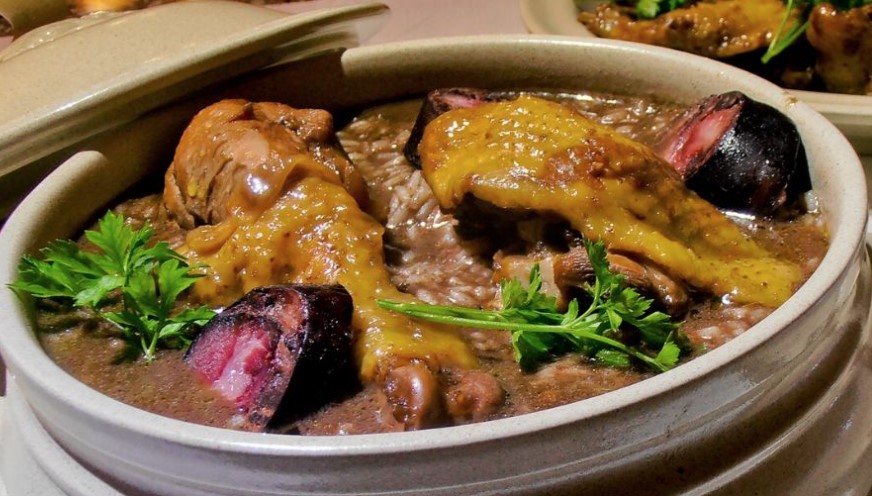Cabidela (Blood Stew): A Traditional Portuguese Dish
Cabidela, also known as arroz de cabidela or blood stew, is a traditional dish from Portugal. It is believed to have originated from the northern region of the country, but it is now popular throughout Portugal. The dish is typically made with chicken or duck, and it is characterized by its dark color and rich flavor. Cabidela is considered a comfort food in Portugal and is often served during festive occasions and family gatherings.
Ingredients and Preparation of Cabidela (Blood Stew)
The main ingredient in cabidela is the blood of the chicken or duck. The blood is collected and mixed with vinegar, which helps to prevent the blood from coagulating. The meat of the bird is then marinated in a mixture of garlic, bay leaves, and white wine. The meat is then cooked in a pot with onions, tomatoes, and the marinating liquid until it is tender. The blood is then added to the pot along with rice and cooked until the rice is tender and has absorbed all the flavors of the dish.
Variations and Serving Suggestions for Cabidela (Blood Stew)
There are several variations of cabidela, including those made with rabbit or pork. Some recipes call for the addition of spices such as cinnamon, allspice, and cloves, which give the dish a warm and comforting flavor. Cabidela is typically served with a side of vegetables, such as green beans or carrots, and a glass of red wine. The dish is often enjoyed with family and friends during festive occasions, such as Christmas and Easter. Cabidela is a hearty and satisfying dish that is sure to warm you up on a cold winter night.

